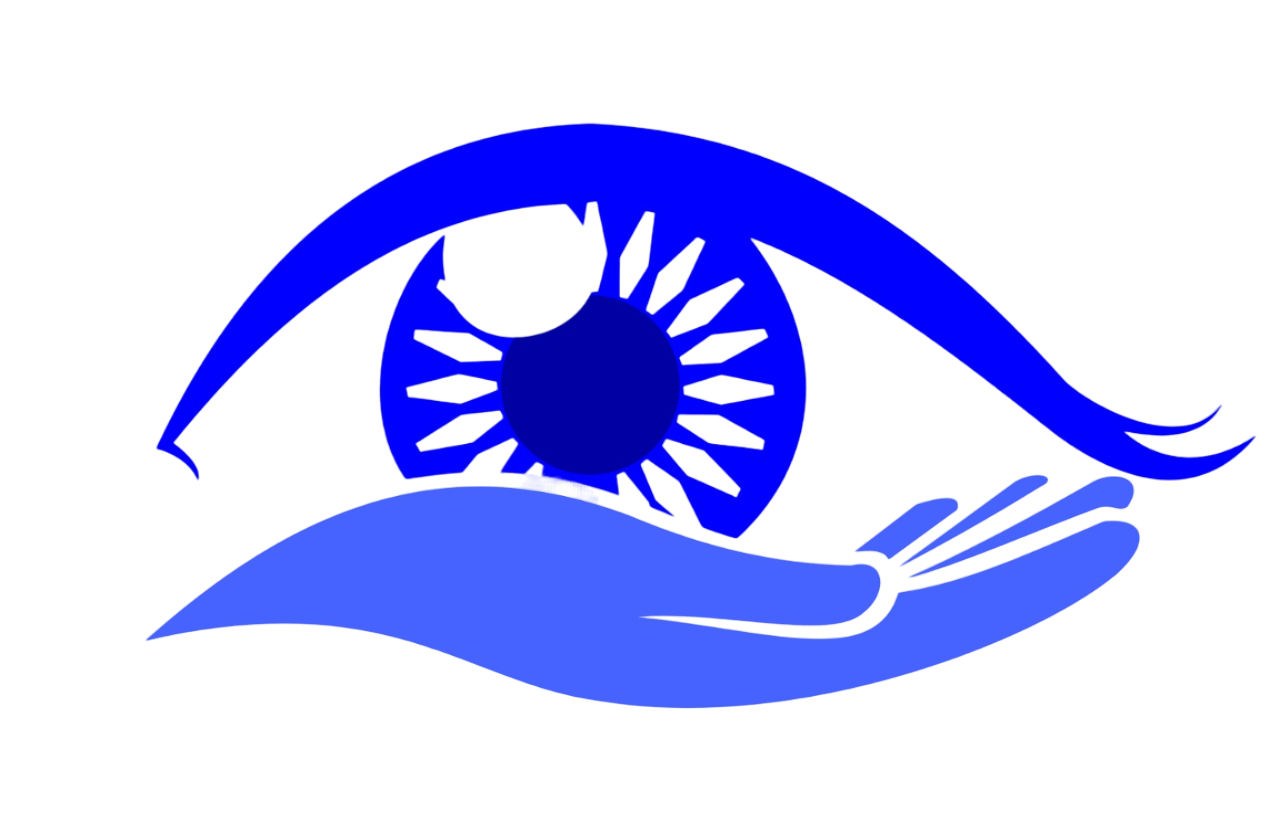
Surgical Procedure
Oculoplasty- Ptosis, Tear Sac & Orbit
All Treatments
Tear Sac
Understanding and Addressing Tear Duct Blockage
The tear sac, or lacrimal sac, is part of the tear drainage system located near the inner corner of the eye. It collects tears produced by the lacrimal glands and drains them into the nasal cavity through the tear ducts. When this drainage system becomes blocked or infected, it can lead to discomfort, excessive tearing, or serious infection. Our clinic specializes in diagnosing and treating issues related to the tear sac, ensuring that patients regain normal tear function and comfort.
ORBIT
The Orbit Clinic receives a number of referrals encompassing both common and rare orbital disorders, tumours and infections. These are managed both conservatively (medical management/chemotherapy/ radiation) and surgically with tumour and the tissue being sent for biopsy and histopathological correlation. A large number of patients with thyroid related orbitopathy are also treated in collaboration with the general physician and endocrinologist on a daily basis.
Ptosis
Correcting Drooping Eyelids for Better Vision and Aesthetics
Ptosis refers to the drooping of one or both upper eyelids. It can occur in both children and adults, affecting vision and appearance. When the eyelid droops low enough to obstruct vision, surgical intervention may be necessary. The condition can result from aging, injury, or neurological issues and may be present at birth (congenital ptosis).

What is Ptosis?
Ptosis is a condition where the upper eyelid droops over the eye, sometimes partially covering the pupil and affecting sight. It can range from a slight drooping to a complete covering of the eye. Ptosis may affect one eye (unilateral) or both eyes (bilateral), and its severity can vary.
Symptoms of Ptosis
- Drooping of the Eyelid: The most noticeable sign is a sagging upper eyelid.
- Obstructed Vision: In severe cases, the drooping eyelid can block vision, requiring patients to tilt their head back or raise their eyebrows to see.
- Asymmetry in Facial Appearance: Ptosis can cause the face to look uneven, particularly if it affects one eye.
- Eye Strain or Fatigue: People with ptosis often experience eye strain, headaches, or fatigue from constantly trying to keep their eyes open.
Causes and Risk Factors:
Ptosis can occur for various reasons, some of which include:
- Age-Related Weakness: Over time, the muscles that lift the eyelid may weaken, leading to age-related ptosis.
- Congenital Ptosis: Some children are born with ptosis due to underdeveloped or poorly functioning muscles.
- Injury or Trauma: Damage to the eyelid muscles or nerves from an accident or surgery can cause ptosis.
- Neurological Disorders: Certain conditions, such as myasthenia gravis, stroke, or a nerve palsy, can result in ptosis.
- Eye Tumors or Infections: In rare cases, tumors or serious infections around the eye can cause ptosis.
Diagnosis of Ptosis:
Diagnosing ptosis involves a detailed examination of the eyes and eyelids by an ophthalmologist. Some diagnostic steps include:
- Comprehensive Eye Exam: This involves checking vision, eyelid position, and muscle strength.
- Slit-Lamp Examination: A special microscope is used to examine the structures of the eye and rule out other causes for the drooping.
- Measurement of Eyelid Elevation: The doctor will measure how far the eyelid droops and evaluate the function of the muscle that lifts the eyelid.
Treatment Options for Ptosis
The treatment for ptosis depends on the severity of the drooping and its impact on vision and quality of life. Common treatments include:
- Observation: In mild cases where ptosis does not obstruct vision, regular monitoring may be sufficient, especially in children.
- Ptosis Surgery (Blepharoplasty or Ptosis Repair): For moderate to severe cases, surgery is often the best solution. The surgery tightens or strengthens the muscles that lift the eyelid, restoring its normal position.
- Frontalis Sling Surgery: In severe ptosis cases where the eyelid muscle is too weak to be repaired, the frontalis muscle in the forehead may be used to lift the eyelid.
- Non-Surgical Options: For those who are not candidates for surgery, ptosis crutches—small devices attached to glasses—can be used to hold the eyelid in place.
Recovery and Aftercare
Recovery from ptosis surgery typically takes a few weeks, during which patients may experience swelling, bruising, or discomfort. Aftercare includes
- Use of Cold Compresses: Applying cold compresses to the eyes helps reduce swelling.
- Eye Drops and Ointments: Antibiotic and anti-inflammatory eye drops may be prescribed to prevent infection and promote healing.
- Follow-Up Appointments: Regular follow-ups are important to ensure proper healing and check for any complications.
Frequently Asked Questions:
- Is ptosis surgery permanent? In most cases, ptosis surgery provides long-lasting results, but there is a possibility of recurrence over time, especially in age-related ptosis.
- Can children with congenital ptosis outgrow the condition? Congenital ptosis generally does not improve without surgery, but it can be managed early to prevent vision problems.
- Does ptosis affect both vision and appearance? Yes, ptosis can obstruct vision and impact facial appearance. Surgery can address both functional and cosmetic concerns.
Schedule Your Ptosis Consultation
If you or your child is experiencing drooping eyelids or symptoms of ptosis, schedule a consultation with our clinic to discuss diagnosis and treatment options. We offer expert care to restore both your vision and aesthetic appearance, ensuring optimal results.
 +91 9939829148
+91 9939829148 visionlasercentre@gmail.com
visionlasercentre@gmail.com +91 7761882875
+91 7761882875
